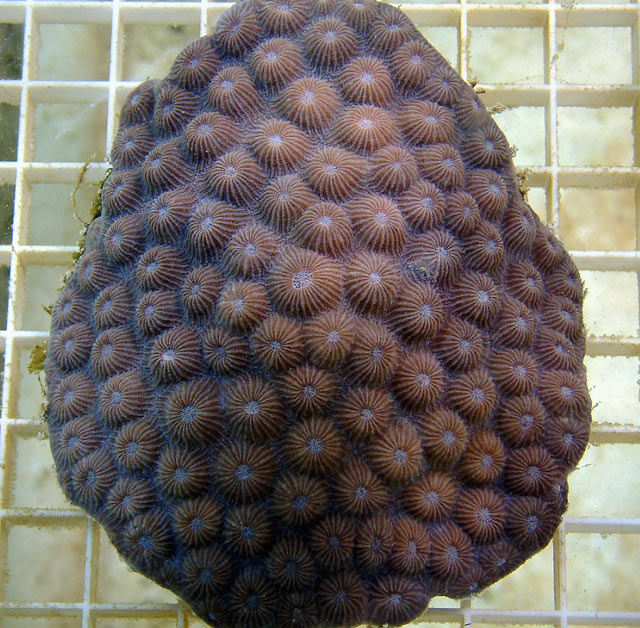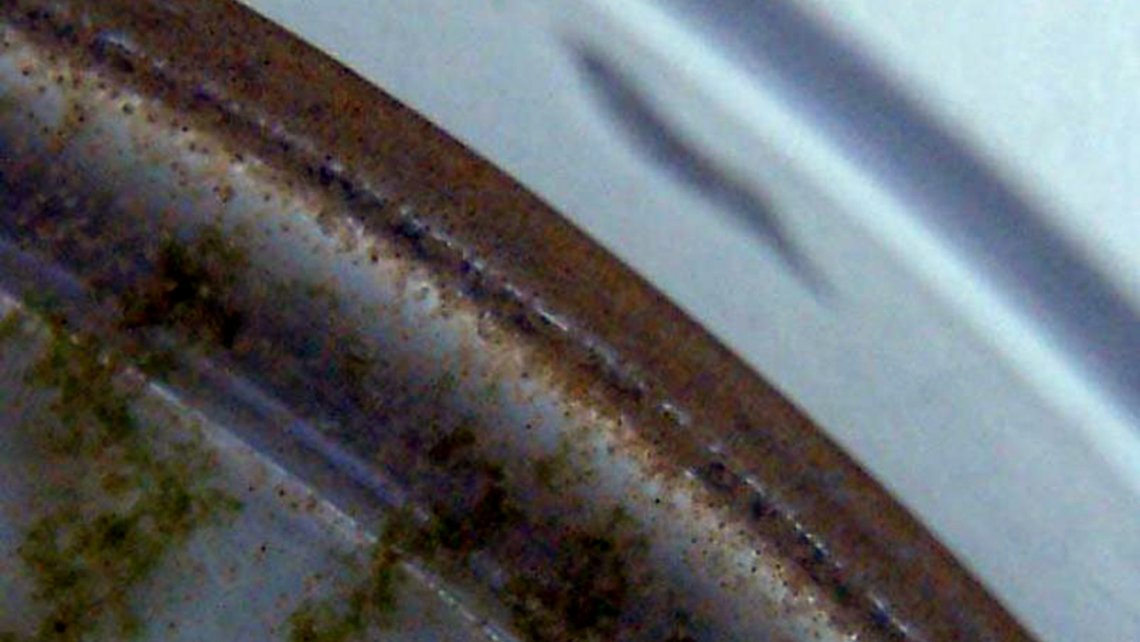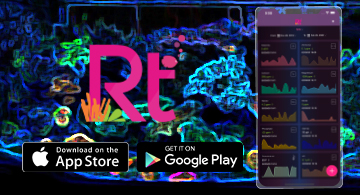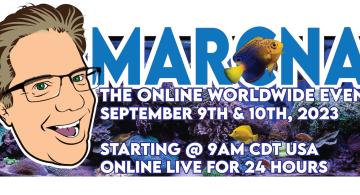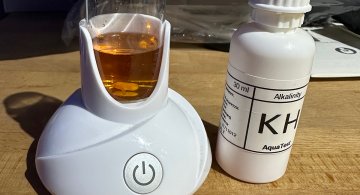Rotifers
A couple of days ago, I tried to take a few pictures of rotifers. Rotifers are needed when you want to feed newly born fry (baby fish), and some reef keepers pour rotifers in their tank to feed their corals. I'll go more into what rotifers are in the future, but for now, here are the pictures. While not as good as I'd hoped, it is better than nothing at all, in case you just wanted to see what they are. A microscope might be better in the future.
I took a small amount and rinsed them off the screen into a petri dish. I added a little tank water, and covered it. Then I put a magnifying glass on top and took a few pictures through that. I also took a few more with the lens of my camera within 1 cm of the rotifers. Let's just say, I tried quite a few times. Macro video would be nicer. ;)
First, here is how I set it up. I put the edge of the dish on a white background.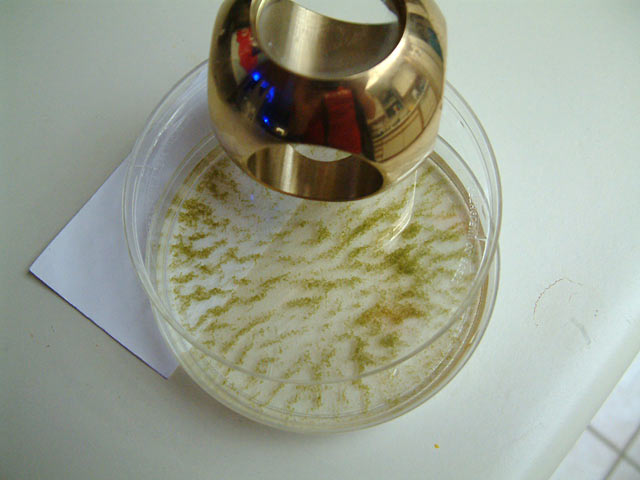
In this picture, you can see a hair that fell in the dish apparently. Look for the honey-golden dots near the hair, all along the edge of the dish. The rotifers continued to gather along the edges for some reason. 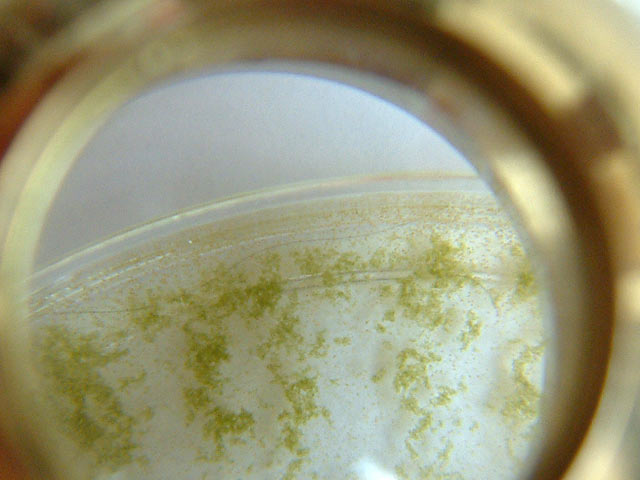
Another view. The arrows are pointing in the general direction of where the rotifers are, but actually they are scattered throughout the dish if you look closely. The majority are in gathered along the upper edge of the dish.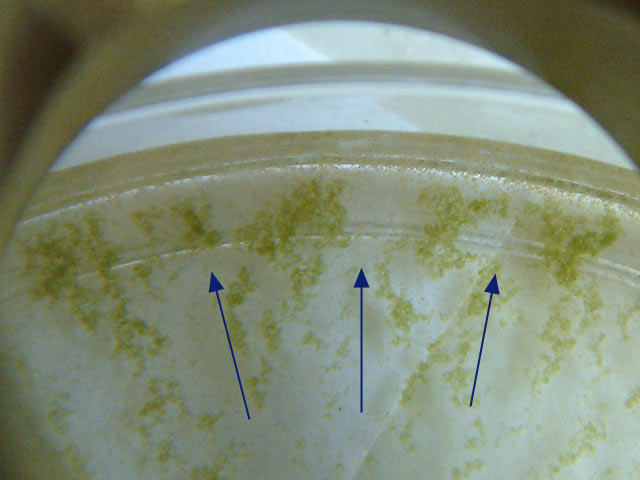
The green stuff is probably consumed phytoplankton. I've been keeping this culture alive for about two weeks using my home-made phyto (the miracle grow version). Rotifers must be fed phyto every day to keep them alive. I'm still working out the 'recipe', but I have talked with a couple of people about their methods and think I'm on the right track.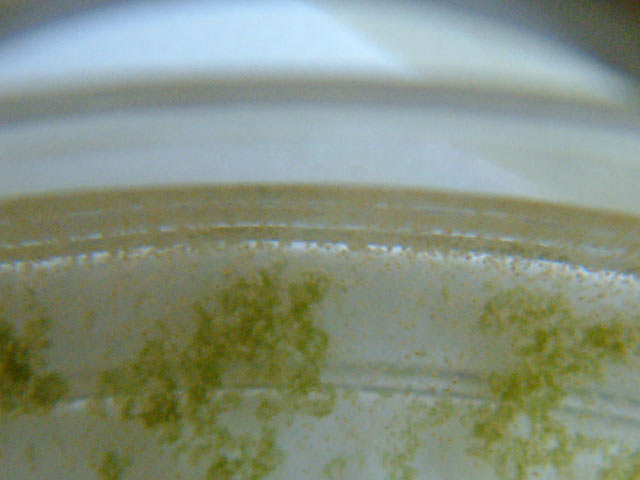
These images were taken without magnification, just holding the Fuji S602Z very very close to the subject. Even at a mere 1cm, it is tough to focus on these little guys. I think the camera focused on the base of the dish, and since the distance was so close between the base and the rotifers, I figured it was good enough. Maybe I should have used manual focus and tried to get them a little more crisp.
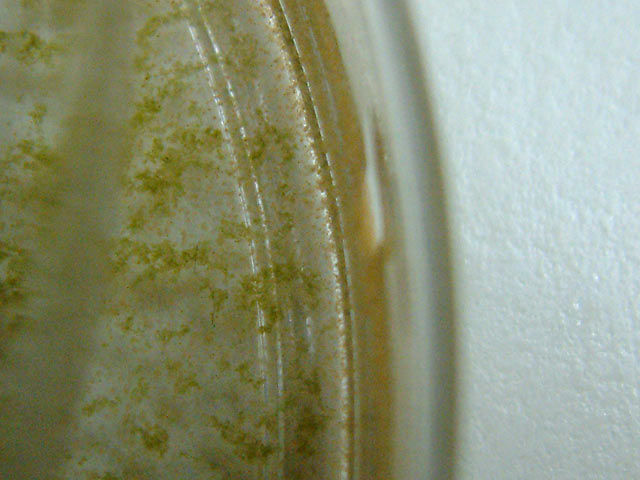
As you can see, counting them would be tough. I guess it would be interesting to know how many I collected just for this photo session. It came from about 1 liter of rotifer culture.
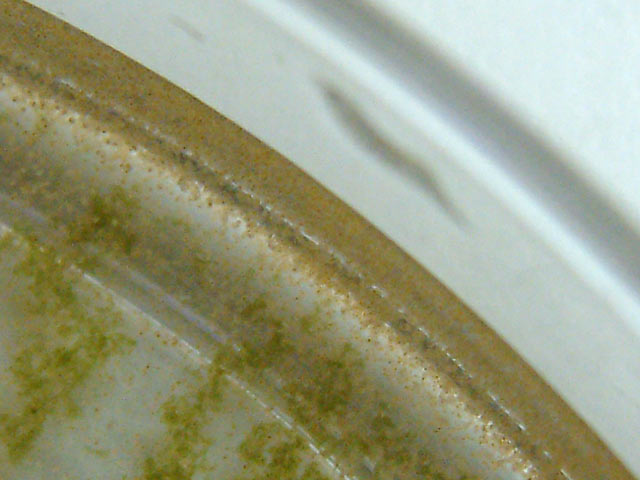
In this image, I let Photoshop adjust the levels with "auto levels" just to give you one more way of seeing these little guys.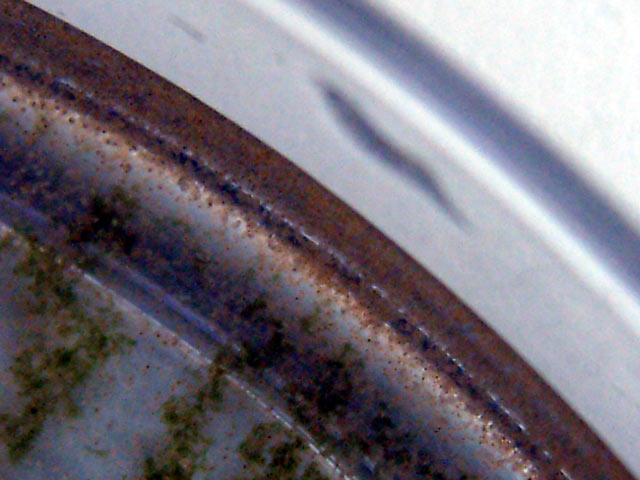
Phosphates
The battle continues with phosphates in my tank. I have a feeling that because I let it get out of hand for so many months, it is going to take a long time to suck it back out of my rocks and sand. Last saturday, I picked up some Pura-Pads (similar to Poly Filters) and inserted them in the baffles of the sump for a few days. They are designed to absorb and remove PO4, as well as other stuff. After a few days, I tested my PO4 with high expectations, but alas, they were still close to 3.0. ARGH! I replaced the pads with a new set last night.
A new product call PhosBUSTER Pro is coming in on Friday, and I'm going to try it out. I talked with the vendor about this product, and it was emphasized that I need to buffer up the water (alkalinity) 10 minutes before dosing, because this product will lower it quickly. The way it is supposed to work is to bind up the phosphate into a tiny granule, which can be exported via the protein skimmer.
I still have one last batch of Tunze Silphos to use as well.
Newest Coral
Last weekend, our club has a Frag Swap. I came home with 14 tiny frags, which I scattered throughout the tank. The next day, I could only find 9 of them. The livestock tends to move stuff around in one way or another. Due to the fact the PO4 is so high in my tank, I'm not holding my breath.
Still, I did get a beautiful new coral that I couldn't take my eyes off of. I have affectionately dubbed it with the name Nipples.  It's real name is Diploastrea.
It's real name is Diploastrea.
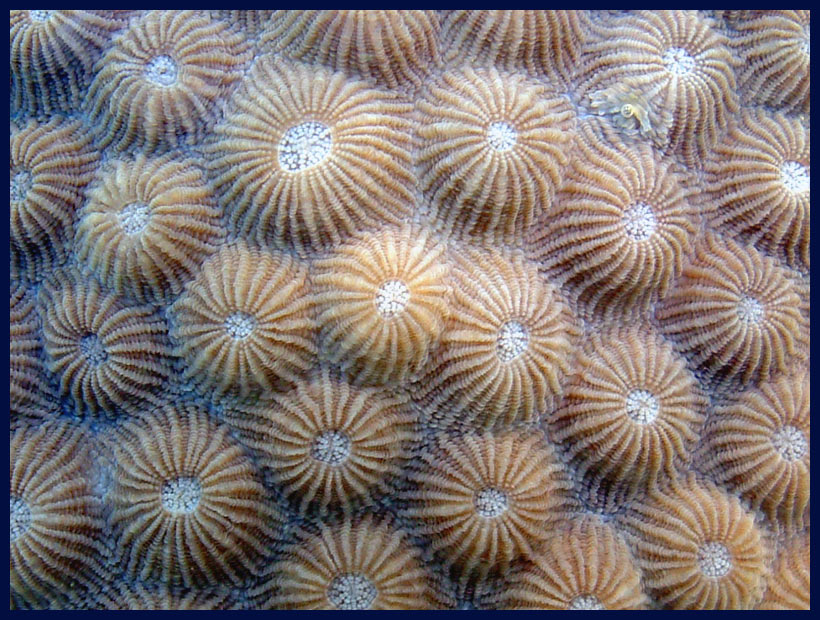
Here is one more shot of it before it was bagged up to come home with me.
